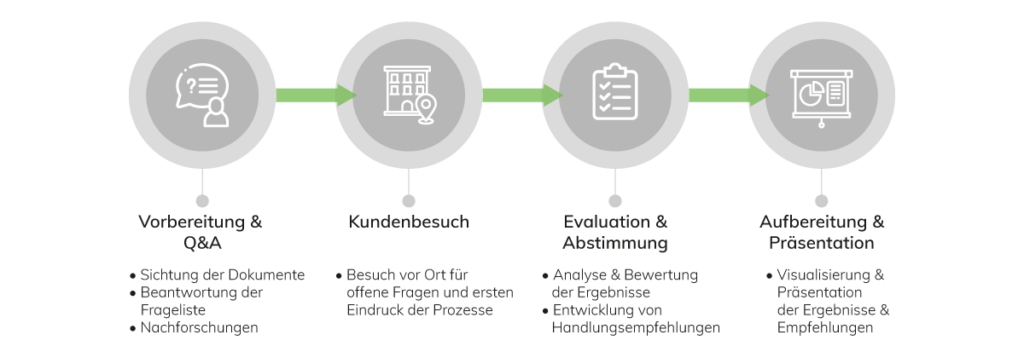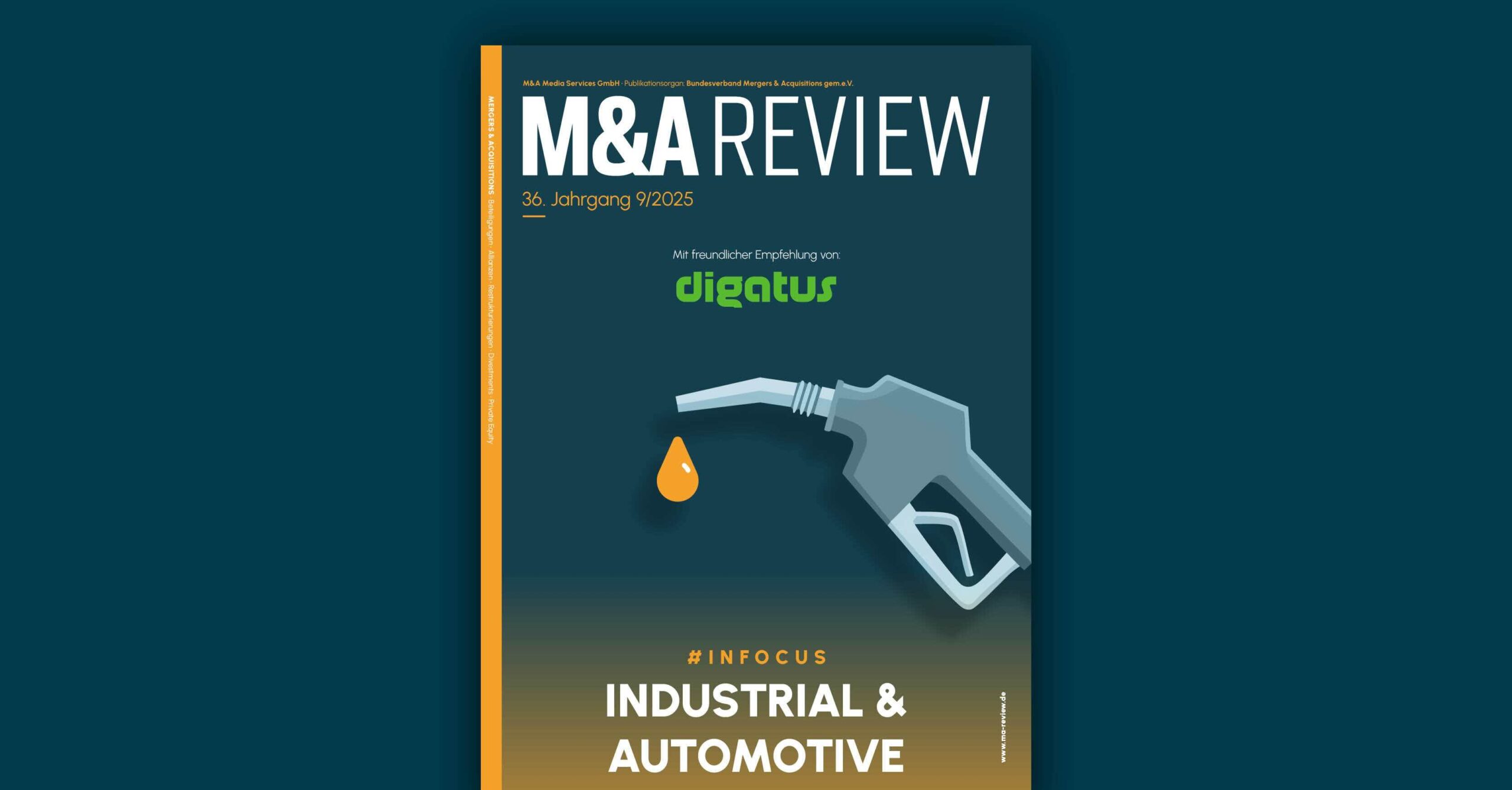Client: ASSMANN Group
The company was founded in 1969 by Dieter Assmann and is currently managed by the second generation. Meanwhile, ASSMANN has developed into an internationally active manufacturer of high-quality products for data network technology and network infrastructure.
The approximately 250 employees at 11 locations worldwide ensure success in the business areas of: network technology, network and installation cables, network and server cabinets, computer cables, computer components, and video solutions. A major strategic goal of the ASSMANN Group is to develop solutions for connected living and inspire with innovative products.
Initial Situation and Project Approach
As part of a continuous review of future viability, ASSMANN wanted to have their existing IT landscape analyzed and evaluated by an external party. For this reason, we were commissioned to conduct an IT audit. The focus was particularly on analyzing the future viability of the IT, as well as deriving a strategic recommendation regarding the future direction of IT.
The project approach can be described in four main steps:

- At the start of the IT audit, we provided a customized questionnaire for ASSMANN to capture the initial current situation. Additionally, specific documents were requested, and research on the company and industry was conducted. During the first phase, as well as within the following phases, the continuous and smooth exchange with ASSMANN enabled quick feedback cycles and efficient execution of the audit.
- In the next step, a visit to the headquarters in Lüdenscheid took place, which aimed to answer any remaining questions and complete the overall picture through personal exchanges with management and the local IT team, as well as to gain a direct impression of the processes in practice on-site.
- The collected data was then internally discussed and evaluated, with a particular focus on reviewing the current state and future viability of the IT landscape. This also included an active comparison with innovative solutions in the areas of logistics optimization or process mining, and their applicability was examined. Furthermore, the selection of infrastructure and IT systems was also reviewed.
- The final part of the project involved preparing and visualizing the results for presentation at the management level. The final presentation of the analysis and strategic action recommendations marked the successful conclusion of the project.
The IT audit conducted by digatus provided ASSMANN with a well-founded assessment of future viability, confirmation of many decisions already made, practical strategy recommendations, and an implementation plan for structures, processes, and systems tailored specifically to ASSMANN.
Phil PenningerManaging Director Operations, ASSMANN Group
Solution
The core aspects of the IT audit included the analysis of the current situation and its evaluation, a market comparison, and the creation of a roadmap consisting of a strategy recommendation with an outlook for the next 3 years.

Analysis
The IT audit of the ASSMANN Group consisted of the following analysis fields:
- IT Organization
- IT Infrastructure
- IT Workplace
- IT Security and Compliance
- Business-related IT Applications
- IT License Supplier Management
- Innovation Radar
The analysis aimed to capture the current state of the existing IT landscape as well as the current IT strategy and business requirements.
Market Comparison
Based on the analysis conducted, the future viability of individual analysis areas was elaborated in a market comparison (“Future Readiness Check”). The assessment primarily highlighted identified risks and dependencies of the existing IT landscape. At the same time, the IT solutions in use were evaluated against the backdrop of prevailing paradigms and products in the market.
The second part of the market comparison was an innovation radar to identify potential areas for innovation within the industry. Possible initiatives were evaluated in terms of their feasibility and strategic fit for ASSMANN.
As the final part of the market comparison, a cost benchmark was conducted. The cost breakdown of operational IT created during the analysis and the identification of the largest cost drivers served as the basis for this. The current situation was compared with benchmarks (e.g., cost per IT workstation).
Roadmap
Derived from the analysis and market comparison, the most important goals and requirements were summarized in a roadmap. This consisted of a summary of the recommended actions and suggested future initiatives on one hand. On the other hand, it presented an exemplary timeline for implementing and prioritizing the recommendations.
The roadmap aimed to provide a strategic outlook for ASSMANN and highlight possible (practical) initiatives. The recommendations contained therein were fundamentally geared towards leveraging opportunities, minimizing risks, and finding the most cost-efficient solutions.




